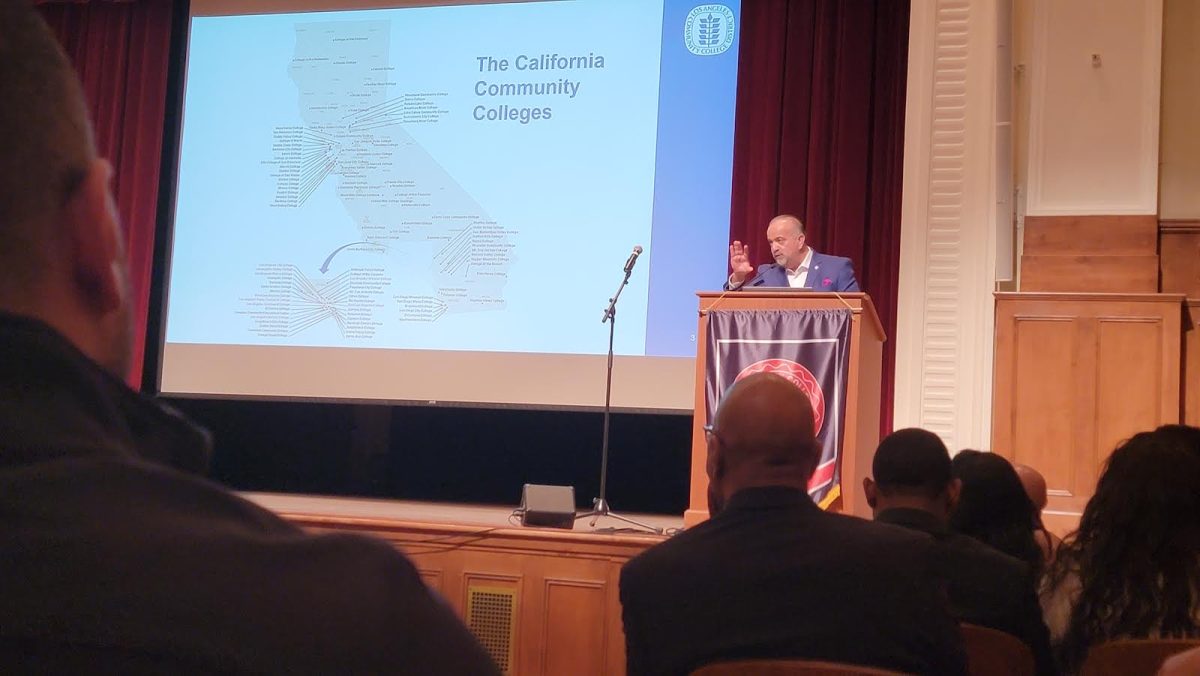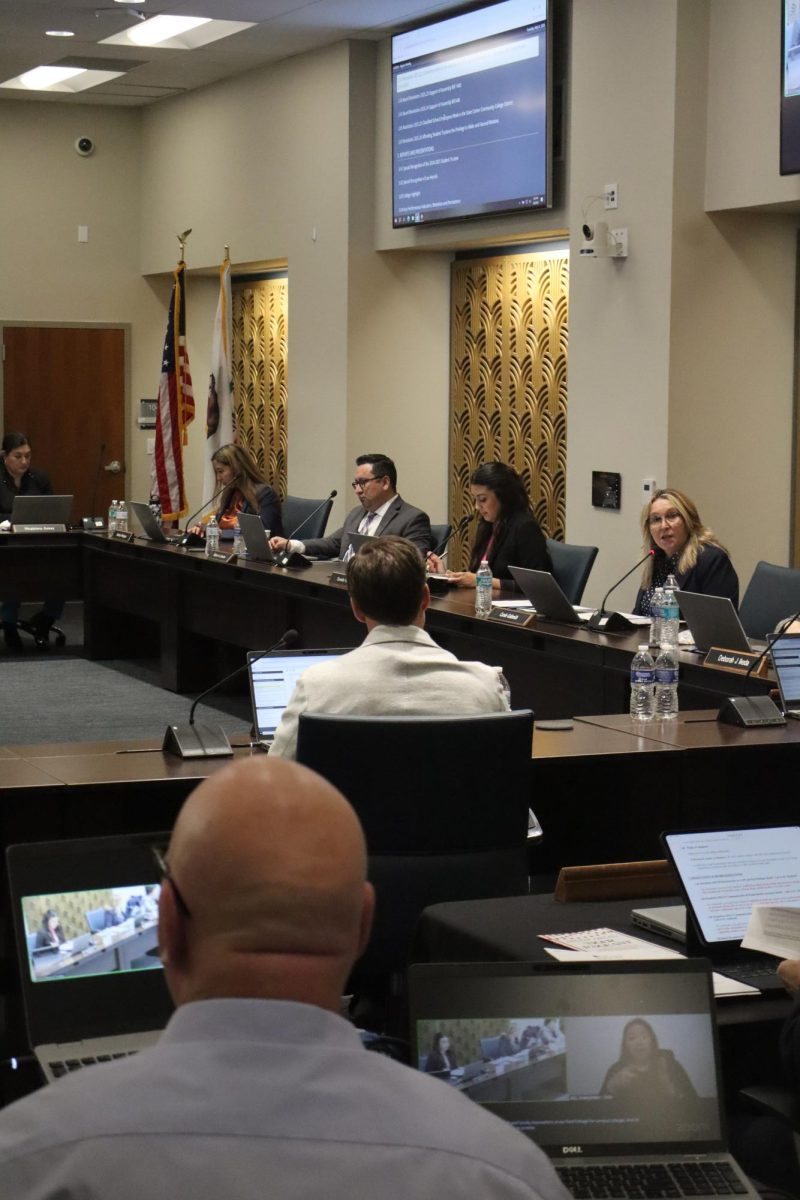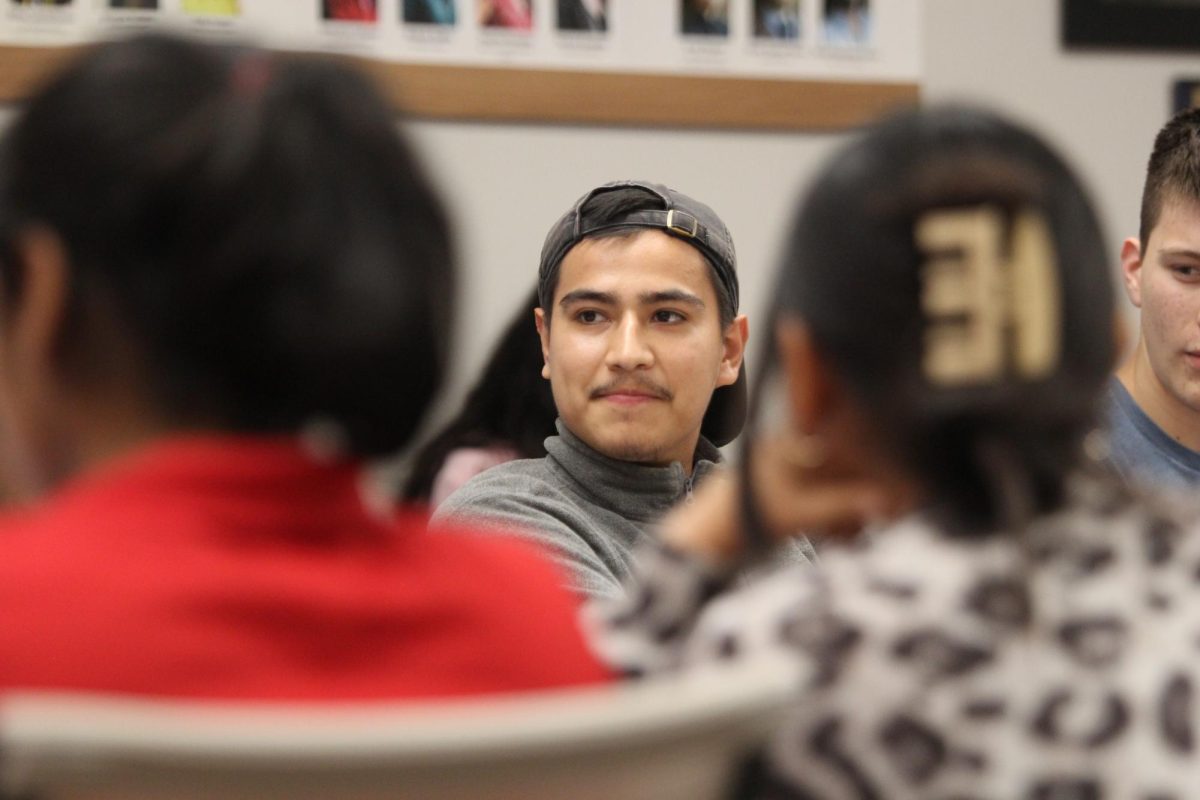For decades, the gender gap in college enrollment has been growing and it reached a breaking point during the COVID-19 pandemic.
On March 22, Fresno City College hosted the third annual Men of Color summit which was attended by various male students from different high schools around Fresno County. The summit opened with speeches from many senior higher education leaders, from FCC’s president, Robert Pimentel, to Los Angeles Community College District Chancellor, Francisco Rodriguez. The opening ceremony reinforced the purpose of the summit to the young men in the crowd: “We need you to succeed and we want to help you.”
In each speech, the speakers urged the young men in the crowd to take control of their future by going to college. State Center Community College District Administrators were keen on this issue and in the spring of 2022.
SCCCD Chancellor Carole Goldsmith organized the Commission on Re-engagement of Young Men. The commission was led by Madera Community College President, Angel Reyna and Pimentel.
The commission presented a report showing that nationwide colleges are down to as low as 25% of their students identifying as male, and SCCCD itself is down 5% of its male students.
Furthermore, the commission reported a 38% decline in first-time college students males ages 18-24.
The 2022 commission highlighted three areas for improvement: financial barriers, sense of belonging, and ease of transition from k-12 to college.
The commission held a panel where 3 male students
shared the difficulties they navigated the college process
and were not always aware of the resources available to
them. From the school websites being confusing to navigate to challenges with the financial aid process; the male students shared how these added to feeling under pressure to provide income as soon as possible.
The commission recommended that the schools set up a peer mentorship program by matching first-time students with senior male students who are successful in their college careers. This way, incoming male students will have someone to help guide them through their journey and set a healthy example. The student mentor would also be paid for their efforts. SCCCD is awaiting results from a focus group conducted by San Diego State University for insights on how to effectively implement the mentorship program.
Dual Enrollment was suggested to help high school students earn credits toward their degree as well as help even out the gender gap among students. As of 2022, 75% of the students in dual enrollment were female and 25% male. It was speculated that a lack of experience with college-level coursework could be affecting their college-going culture. The courses offered for dual enrollment vary by semester and consist of mostly general education courses.
“Let’s say you’re in 10th grade or 11th grade,” Reyna said. “You’re not aware of what dual enrollment is, then a counselor says, ‘Hey… I think this might be good for you.’”
The district has since taken a more proactive approach to dual enrollment and has had some success in increasing enrollment.
“We’re being intentional to engage students we were just being passive with,” Reyna said “And we saw a 10% increase just by doing a little bit of outreach.”
The commission cited a focus group conducted by the Career Ladders Project, a non-profit research group dedicated to partnering with community colleges to bolster career paths, according to their website. It was stated that male students often felt pressured to work to provide income for their families. To help alleviate this pressure, the district has been reaching out to community partners to offer paid internship programs as part of their “earn to learn” strategy, according to Reyna.
“They have to work because they have families or they have to work because mom and dad need help at home,” Pimentel said. “They have to get a job.”
The hope is that these paid internships, along with the paid student mentors, will help male students to find employment opportunities related to their area of interest, and get them educated about college.
It’s still early to tell if these efforts have been successful but there are still more changes to come.
“We are just wrapping up three years of the Men of Color Summit.” Said Reyna “So after, you know, this academic year, we’re going to try to look at can we measure any potential impact from the men of color summit.”








